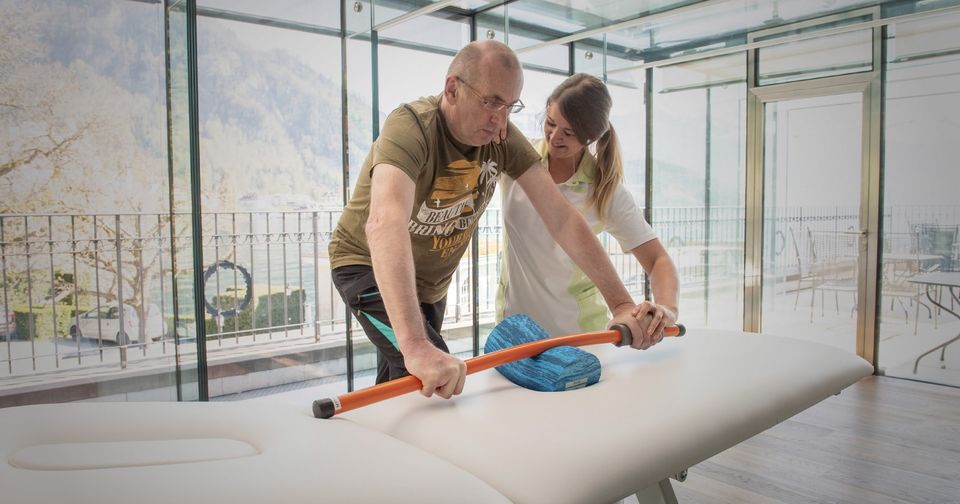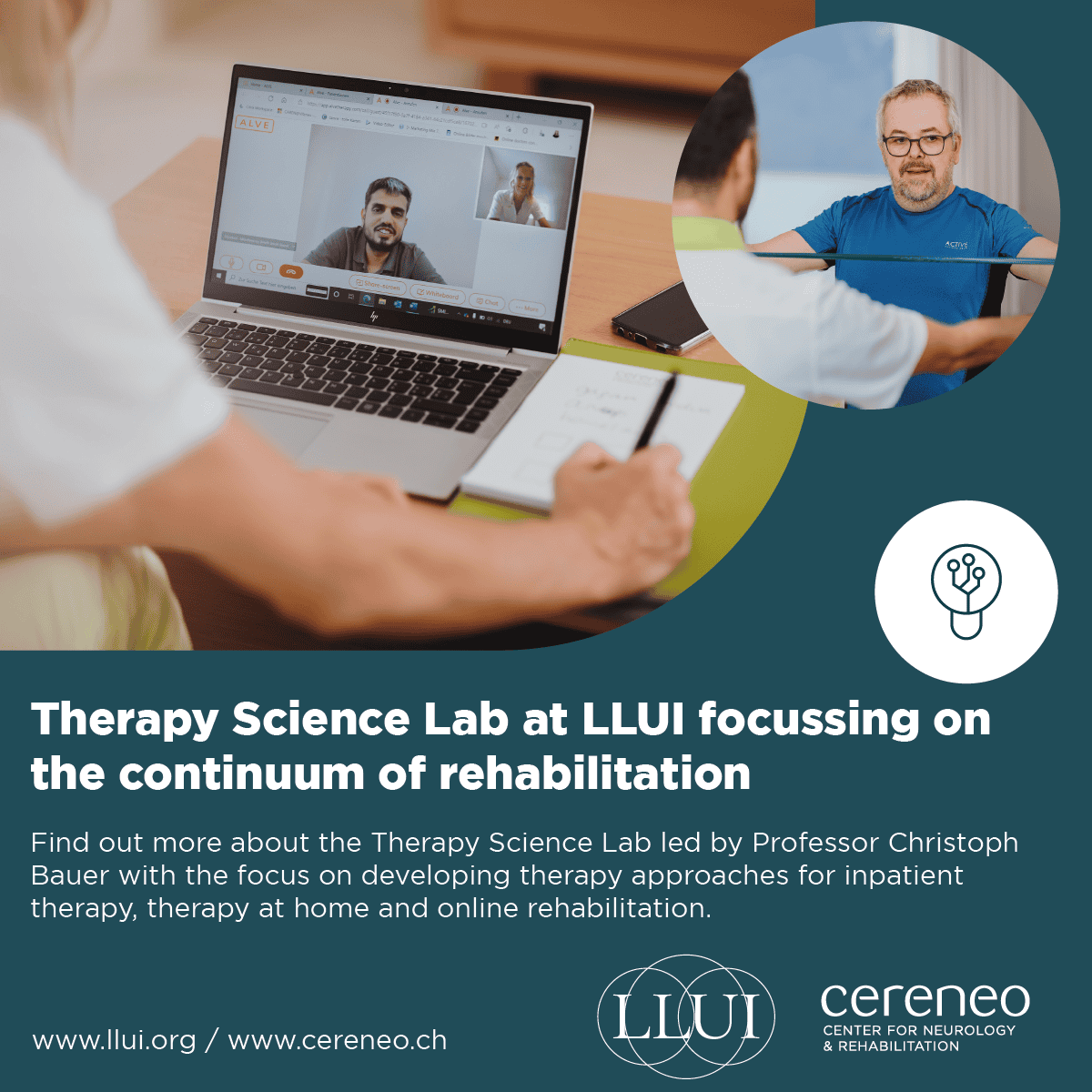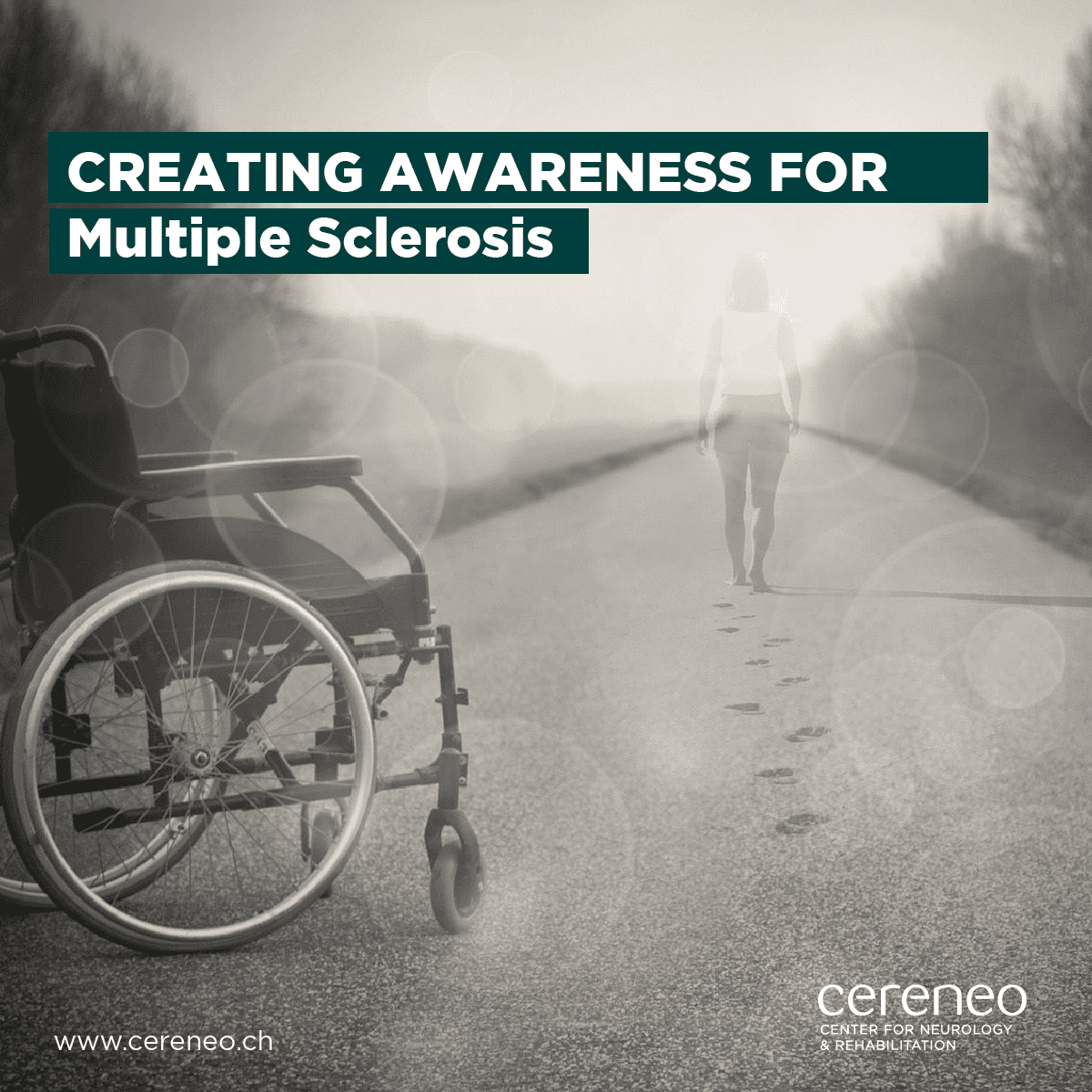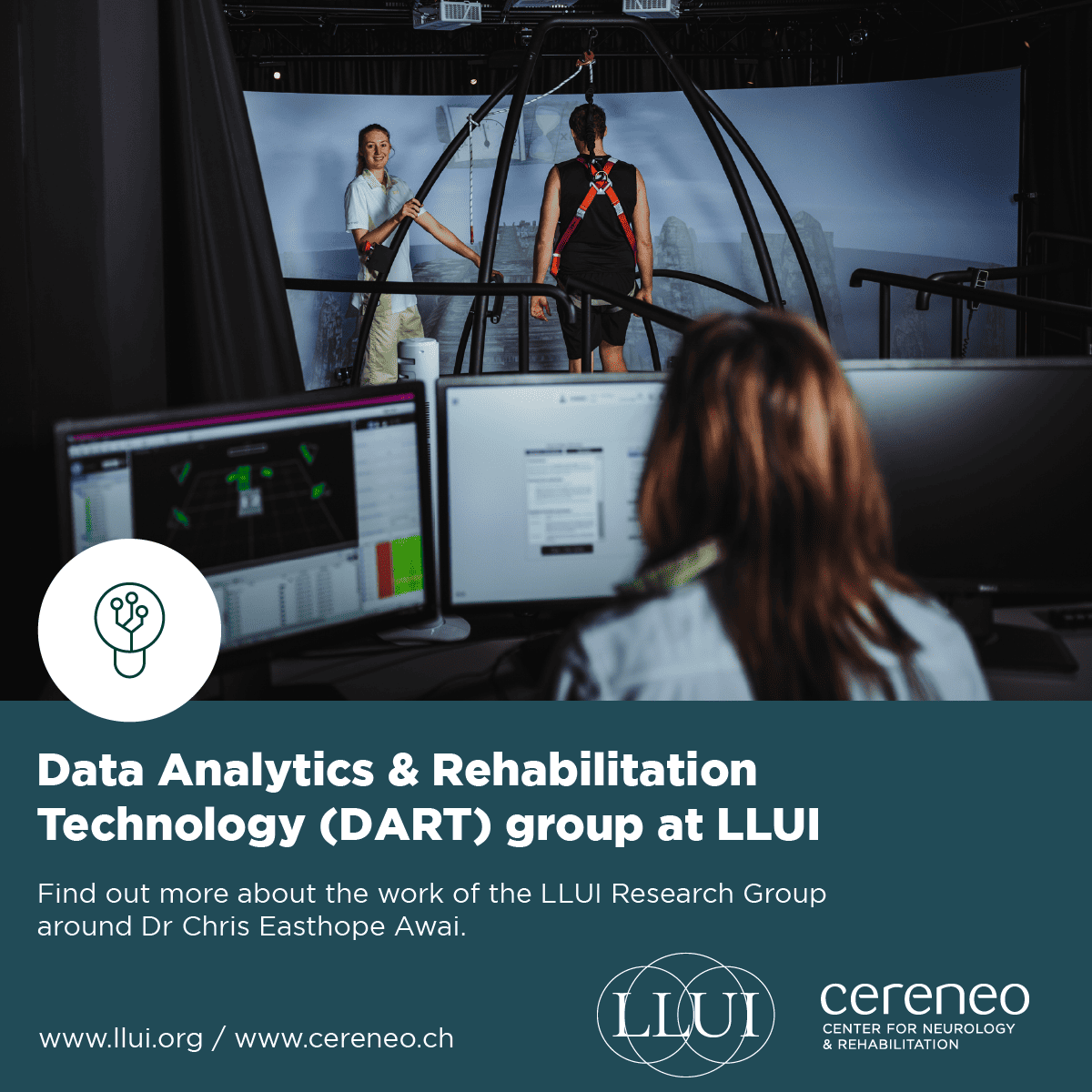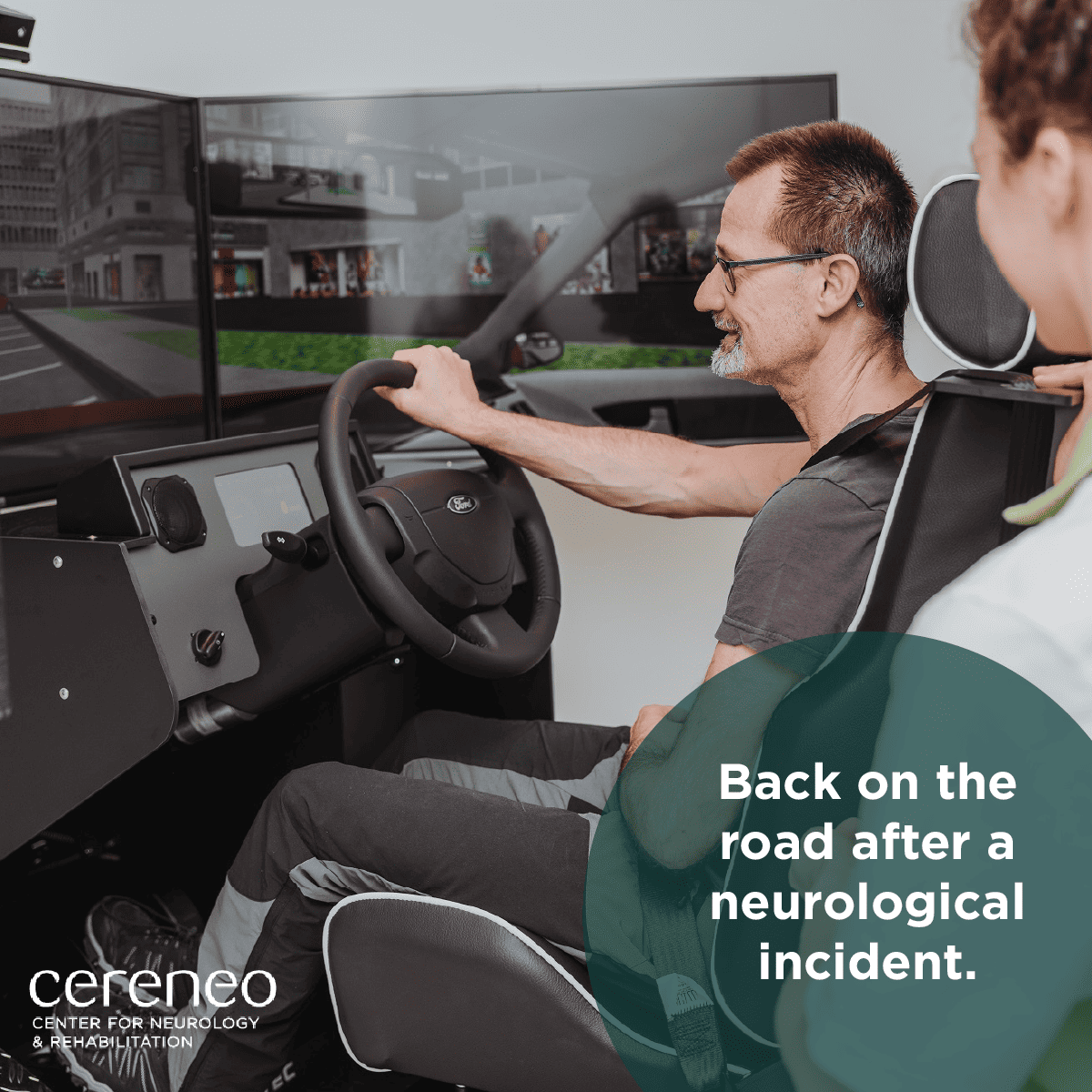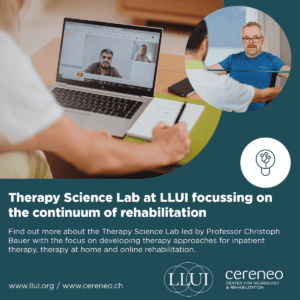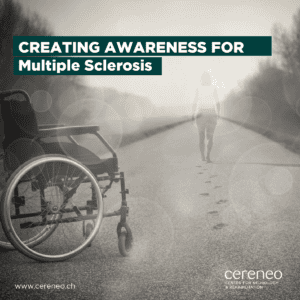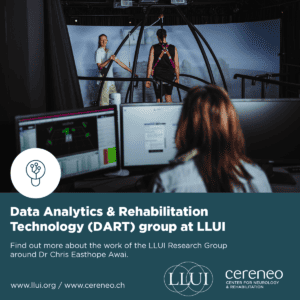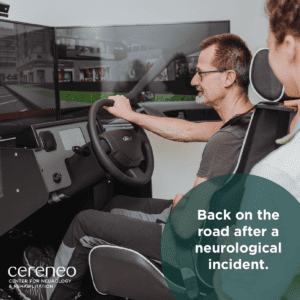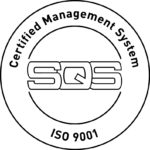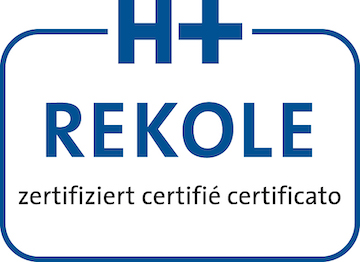The “Forced Use Paradigm” is one part of our management strategies for the treatment of patients with neurological conditions.
Basically, we put the sound body segments (non-affected arm and/or leg) at a disadvantage, so that the affected body parts have to work in order to perform an activity. This way we “force” the use of the affected body segments, inducing functional recovery.
The characteristics of the “Forced Use Paradigm” include:
- It involves the whole body: all body segments are participating in the activity on a certain level. Improving the function of the arm or the leg requires the coordination of the arm or leg with the rest of the body. So, we don’t train the body parts in an isolated fashion.
- It is performed in an upright posture, which means sitting or standing, according to the level of the patient. That allow us to train in a more functional way, since most of the time that we are awake we are in an upright posture. To participate in activities of daily life we need to be subjected togravity, and learn to use our arms and legs in this position.
- Closed chain: the affected arm and leg will be trained for weight bearing. That means that the hand and foot are going to be in contact with the floor or a surface. This way we can move the body weight onto the hand or foot, stimulating the muscles so that they activate to stabilise the joints and maintain one’s posture.
- It is challenging and intense, which requires attention and a bigger effort so that we can better access the patient’s neuroplasticity.
